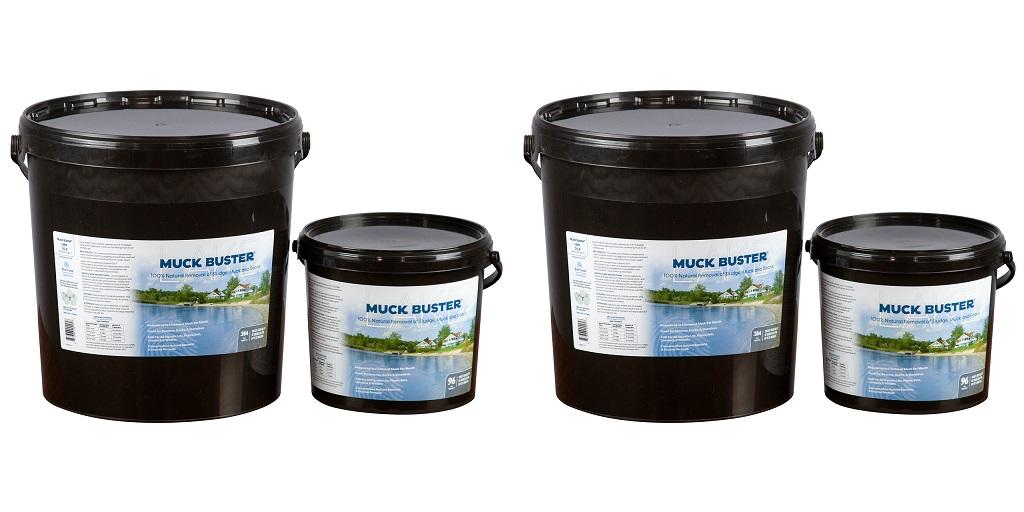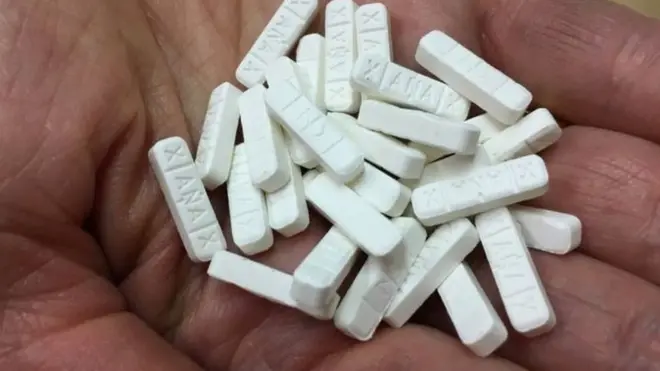Lake Muck Removal Tips That Actually Work

Lake muck removal is the process of getting rid of decaying organic debris that collects at the bottom of a lake. This includes algae, leaves, fish waste, and runoff material that settle over time and form a thick, spongy layer. The more it builds up, the more it impacts everything from water clarity to fish health to how enjoyable your lakefront property really is.
What causes lake muck to form?
Lake muck isn’t random. It builds slowly from a combination of organic materials—dead plants, fish waste, fertilizer runoff, and soil erosion. Without proper water movement or regular cleaning, these materials collect and decompose. The result is that squishy, foul-smelling buildup that makes lake access less appealing.
Why is lake muck removal necessary?
For lakefront homeowners, HOAs, and municipalities, ignoring muck isn’t an option. It affects:
- Water clarity – Muck releases nutrients that fuel algae growth, making the water look murky or green.
- Recreation – Swimming, fishing, and boating become unpleasant—or unsafe.
- Odor – Anaerobic bacteria in muck produce sulfur-like smells.
- Wildlife – Thick muck can reduce oxygen and limit habitat for healthy aquatic life.
Over time, excess muck can even reduce the overall size and depth of a lake. Removing it keeps the ecosystem in balance and makes the space more usable.
How is lake muck removed?
There are two common approaches: mechanical and biological.
- Mechanical removal – Involves dredging or vacuum systems that physically scoop or suck out muck. It’s fast but disruptive and often expensive.
- Biological treatment – Uses beneficial bacteria and enzymes to digest organic waste slowly. It’s safer for fish and plants, and it’s a preferred option for ongoing maintenance.
In many cases, lake management teams use both. Dredging may handle heavy buildup first, followed by biological treatment to manage regrowth.
What helps keep muck from coming back?
Ongoing maintenance is the only way to keep muck levels under control. Here are a few proven methods:
- Aeration systems – Move water and introduce oxygen, which helps bacteria work faster and keeps bottom layers from going stagnant.
- Beneficial bacteria treatments – Regular applications keep organic waste in check before it settles.
- Shoreline planting – Buffer vegetation helps prevent runoff and filters excess nutrients.
- Fish feeding control – Too much feed = too much waste. Stick to recommended feeding amounts.
- Debris removal – Raking or skimming leaves and algae before they sink helps reduce buildup.
Prevention is always easier than a full-scale cleanup.
Who needs lake muck removal?
Lake muck removal isn’t just for massive lakes or government bodies. It’s common among:
- Lakefront homeowners who want usable shoreline access
- HOAs or neighborhood communities responsible for shared lakes
- Campgrounds and resorts with lakes used for recreation
- Golf courses or parks that maintain decorative lakes
- Municipalities tasked with keeping public lakes clean and safe
The more the lake is used—or the more it sits still—the more attention it needs.
Anyone responsible for a lake wants a solution that works without long-term damage or a high price tag. That’s where biological lake treatments come in.
For more reliable options in lake care, Blue Thumb offers a variety of products designed to support ongoing muck removal in a safer, low-maintenance way. Their treatments help take the guesswork out of managing water features so you can enjoy a cleaner lake without the mess.
For more information about Sphere Fountain and Pond Cleaner Please visit: Blue Thumb.





